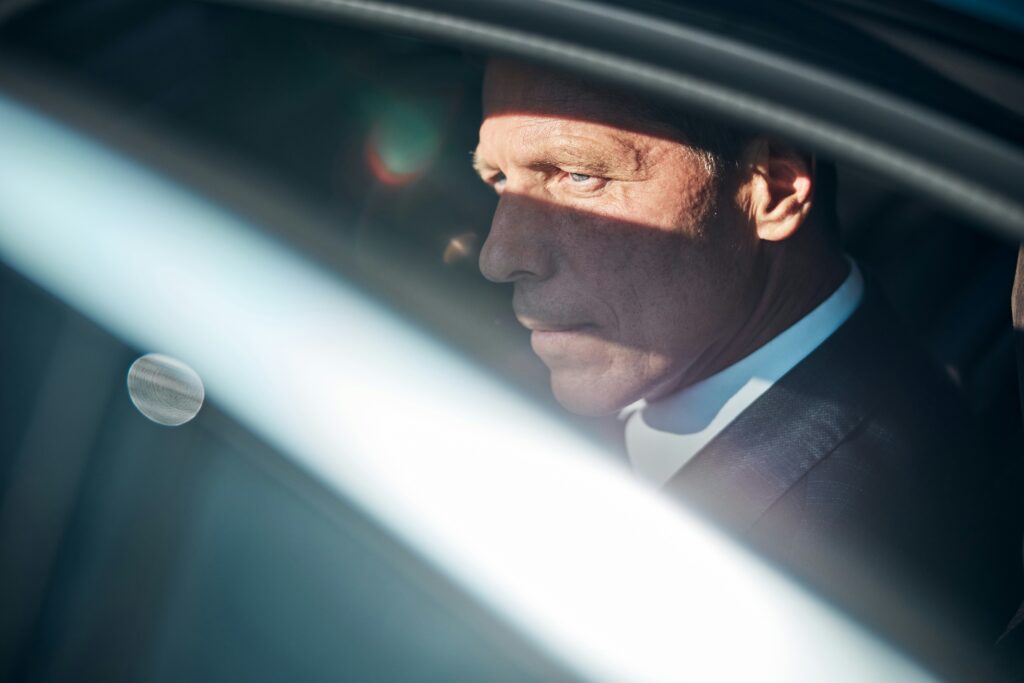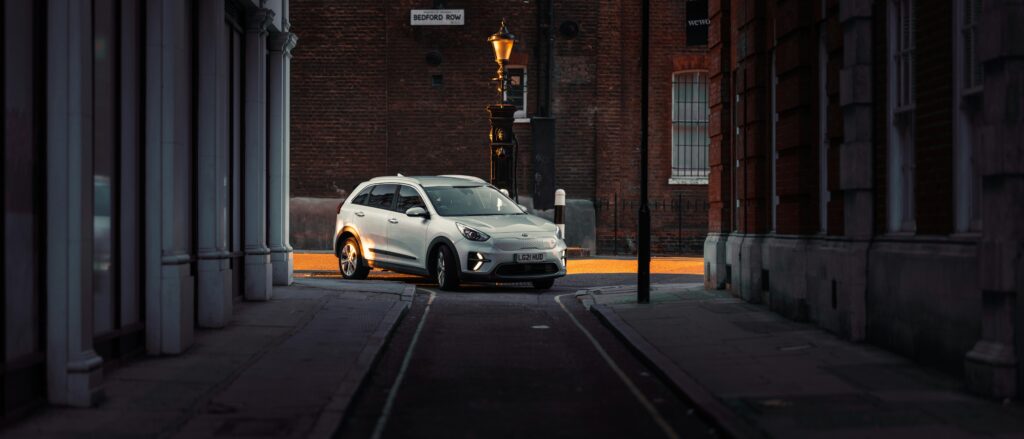Secure order and payment
14. 05. 2020
Right-hand traffic and left-hand traffic
Left-hand traffic (LHT) and right-hand traffic (RHT) are the practice, in bidirectional traffic, of keeping to the left side or to the right side of the road, respectively.
In LHT, traffic keeps left, and cars have the steering wheel on the right, putting the driver on the side closest to the centre of the road, and the passenger on the side closest to the side of the road. Vehicles configured with RHT have the steering wheel on the left side while the driver and passenger occupy the same positions relative to the road as in the case described previously. The accelerator, brake pedals and clutch are positioned the same way for both left and right hand drive vehicles.
RHT is used in 165 countries and territories, with the remaining 75 countries and territories using LHT. LHT countries in Europe include the Great Britain, the Republic of Ireland, Malta and Cyprus.
Consequently, importing or using vehicles accustomed to driving on the left side of the road to a country using right-hand traffic, or vice versa, implies necessity of modifying the vehicle according to road safety regulations.
Differences:
• Headlamps:
Always adjusted at an angle, the headlamps help to illuminate the side of the road, without blinding oncoming drivers. In case the car is driven on the opposite side of the road, the headlight beams will illuminate the road from the “wrong“ side.
The following scheme provides a better understanding on traffic-lane issue:
Remark: some vehicles are originally manufactured with a dynamic headlamp system that allows the headlights to be adjusted to the left or right while driving, according to need.
• Rear fog lamps:
Rear fog lamps provide a red light beam and must be used in fog. Their use may vary according to regulations in individual countries.
Vehicles are generally designed with one fog lamp, and it must be on the opposite side of the median longitudinal plane to the direction of traffic prescribed in the country of registration where the vehicle has been registered.
Remark: Some cars are designed with two rear fog lights, which are placed on each side of the vehicle.
• Speedometer:
A speedometer is a gauge that measures and displays the current speed of a vehicle. Depending on the country, it displays the speed in miles per hour (MPH) or kilometres per hour (Km/h), (recall that 1 MPH = 1.609 344 Km/h).
Therefore, the unit of measure needs to be changed once the car is imported to a country using a different speed unit.
Remark: some vehicles come with aa speedometer that can be set to show speed in Km/h or MPH.
• Rear vision devices:
Rear-view mirrors are devices allowing the driver to see what is going on rearwards and on roadsides. All vehicles, except for utility vehicles, are equipped with three adjustable rear vision devices: an interior one and two external ones.
Once the driver´s position is converted in terms of traffic flow direction, the vision on the road can worsen. Therefore, exterior rear-view mirrors should be accordingly adjusted or, in some cases, a rear-view mirror specific to the traffic lane should be installed.
Can some limitations regarding a country’s traffic lane be indicated on a European certificate of conformity (COC)?
Point number 0.6 on the European certificate of conformity specifies conditions for the type-approval (homologation) of a given vehicle, however, several possibilities might occur.
If the point mentions that “the vehicle can be permanently registered without requiring any further approvals in Member States having right/left hand traffic and using metric/imperial units for the speedometer“, then you can directly register your vehicle in any EU-member country with a roadworthiness test carried out in the country of new registration.
If it mentions that “the vehicle can be permanently registered without requiring any further approvals in Member States having left hand traffic and using imperial units for the speedometer“, it will be necessary to check the previously-mentioned vehicle elements, such as headlamps, rear fog lights, rear vision devices and speedometer; and modify them if needed.
In order to register the vehicle in France under these circumstances, the registration request must be submitted alongside on the results of the French roadworthiness test as these elements need to be examined.
In the French roadworthiness test session, nine main functions are examined; and so the checklist for the test comprises 133 points divided into 610 failures:
- Vehicle identification (front and back licence plates are examined)
- Tyres
- Braking system
- Shock absorbers
- Emissions
- Visibility (condition of windscreens, windscreen wipers and interior and external mirrors)
- Lighting and signalling devices
- Bodywork and chassis of the vehicle
- Interior equipment
Once one or various vehicle failures are found after the roadworthiness test, they will be specified on the technical inspection report. In France, test failures are divided into three categories:
• Critical failures
Where a critical failure is found, a stamp with the ‘R’ letter will be indicated on the report. Such a vehicle can be driven only until midnight of the same day. In other words, the vehicle must be dropped off at a garage within the day the report is issued in order to resolve the problem immediately. It is necessary to for a follow up examination of the repair (“contre-visite” in France) within two months following the date of the first roadworthiness test.
• Major failures
If the vehicle fails the examination with a major failure, a stamp with the letter ‘S’ goes on the registration document. It is necessary to rectify defects and to return the vehicle to a test centre for follow up examination of the repairs stated on the report within two months.
• Minor failures
In this case, a stamp with the letter ‘A’ is affixed to vehicle registration document. No follow up examination (“contre-visite” in France) is needed once minor failures, if any, occur.
If point 0.6 on the Certificate of Conformity mentions that “the vehicle can be permanently registered without requiring any further approvals in Member States having right hand traffic and using metric units for the speedometer“, in order to register such a car in the UK for example, then it will be necessary to contact the Vehicle Certification Agency (VCA) to get a Certificate of Mutual Recognition after making the necessary changes or proving that all requirements have been fulfilled.
The same rules apply also for cars from the Republic of Ireland for example, whose COC states that “the vehicle can be permanently registered without requiring any further approvals in Member States having left hand traffic and using metric units for the speedometer.“ Although the traffic lane is indeed on the left in the Republic of Ireland, the driving speed unit is displayed in Km/h and not in MPH. In this case it is also necessary to submit the COC alongside with the Certificate of Mutual Recognition provided by the VCA in order to successfully register the car in the UK.












